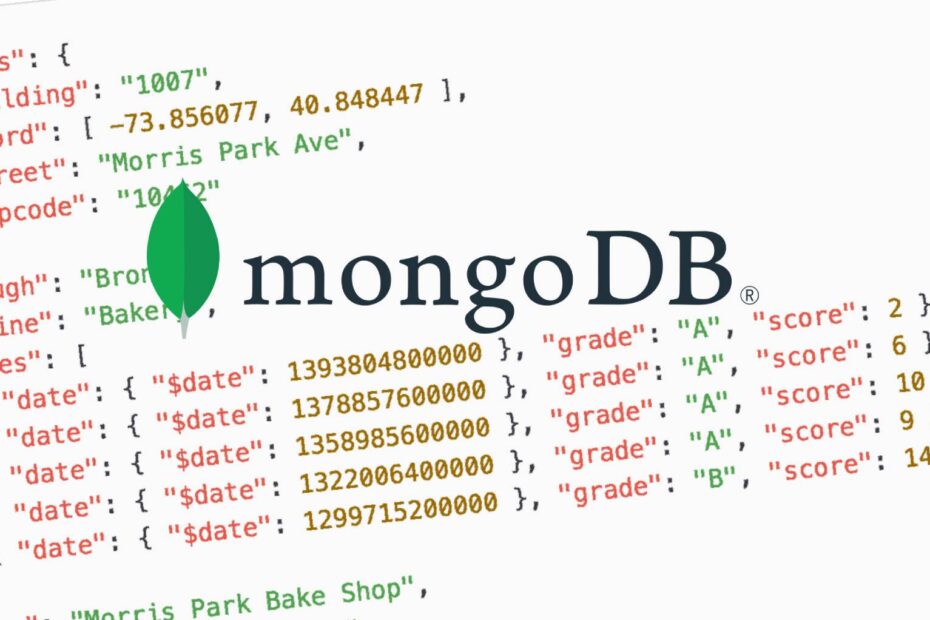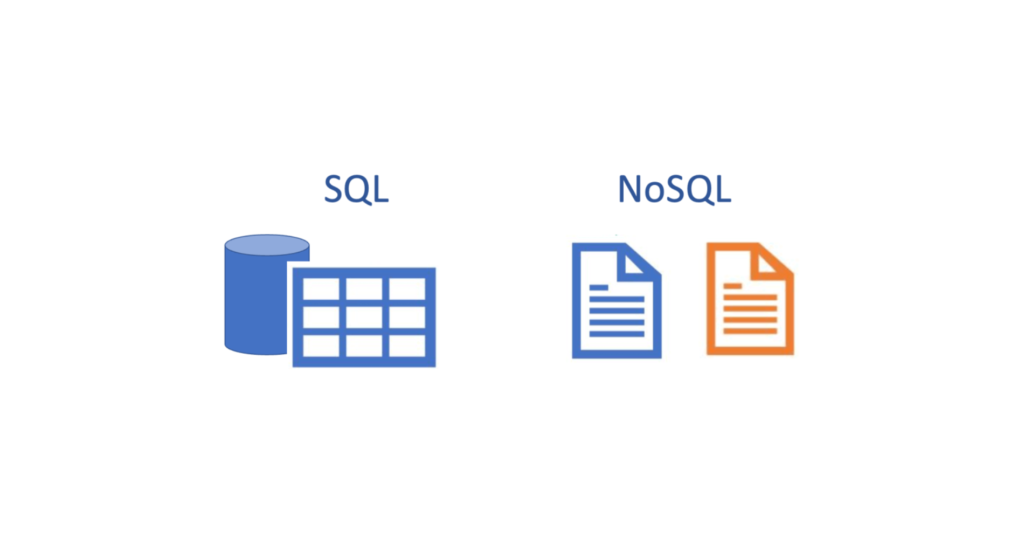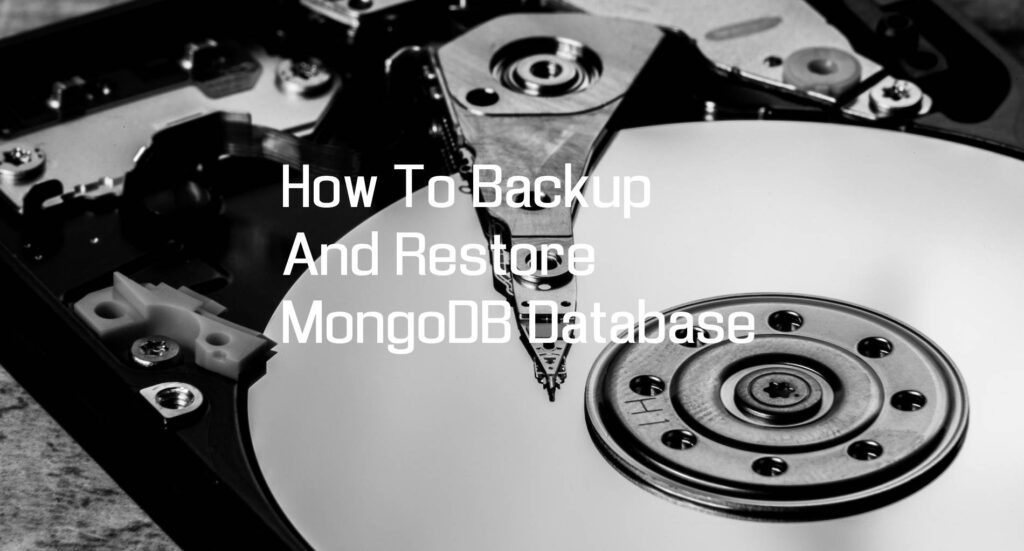If you’re preparing for a MongoDB interview questions, our curated set of MongoDB interview questions will help you master key topics such as NoSQL, scalability, indexing, transactions, data types, aggregation, schema changes, and security. Get ready to ace your MongoDB interview! #MongoDB #InterviewPreparation
MongoDB is a document database that stores data in JSON documents. It works on the concept of documents and collections. MongoDB can store multiple databases and offers higher performance as well as scalability and redundancy. The main purpose of this MongoDB interview question is to give you basic ideas about the type of interview questions you might be faced with. Typically, recruiters start interviews with simple questions and gradually increase the level of difficulty.
Again, in this article, we’ll cover the basic questions first and then move on to the more complex questions. Prepare for your MongoDB interview with these handpicked MongoDB interview questions.
MongoDB Interview Questions and Anwers
Q1. What is MongoDB?
MongoDB is a NoSQL, cross-platform, document-oriented database. It is an open-source database that provides high performance, scalability, and reliability. MongoDB stores data in a binary JSON format, called BSON, which makes it easier to store and retrieve complex data structures.
Example:
MongoDB is used by companies like Etsy, eBay, and Goldman Sachs to store large amounts of data, provide fast search and retrieval of data, and scale horizontally to meet growing demand.
Q2. What is a document in MongoDB?
A document in MongoDB is a basic unit of data that stores a set of key-value pairs. A document can be thought of as a row in a relational database table. Unlike relational databases, where each row has a fixed set of columns, each document in MongoDB can have a different set of fields.
Example: A document in MongoDB that represents a customer might have the following fields:
{
"_id": ObjectId(“5d0eafed12345678910acb”),
"name": "John Doe",
"email": "[email protected]",
"address": "123 Main St.",
"phone": "555-555-1212"
}Q3. What is a collection in MongoDB?
A collection in MongoDB is a group of related documents. A collection is similar to a table in a relational database, but with more flexible schema design. Collections can have different documents with different fields, and the number of fields can vary from document to document.
Q4. What is a schema in MongoDB?
A schema in MongoDB is a blueprint for a collection, specifying the structure of documents in that collection. Unlike in a relational database, where the schema is fixed, the schema in MongoDB is flexible, allowing documents to have different fields.
Example: A schema for a customer collection in MongoDB might look like this:
{
"_id": ObjectId,
"name": String,
"email": String,
"address": String,
"phone": String
}Q5. What is a NoSQL database?
NoSQL stands for “Not only SQL”. NoSQL databases are non-relational databases that are designed to handle large amounts of unstructured data, provide fast performance, and scale horizontally. NoSQL databases do not use the traditional relational database model, and instead, use different data models like document, key-value, graph, and columnar.
Q6. What is sharding in MongoDB?
Sharding in MongoDB is the process of distributing data across multiple servers to increase the scalability and performance of a database. Sharding allows for horizontal scaling and the ability to store larger amounts of data.
Example: A MongoDB database with sharding enabled might have a collection of users spread across multiple servers, with each server responsible for storing a portion of the data.
Q7. What is indexing in MongoDB?
Indexing in MongoDB is the process of creating an index on a specific field or set of fields in a collection. Indexes are used to improve the performance of queries by allowing MongoDB to quickly locate and retrieve the desired data.
Example: A MongoDB collection for a website’s products might have an index on the “price” field, allowing for quick and efficient retrieval of products based on their price.
Q8. What is the role of a MongoDB administrator?
A MongoDB administrator is responsible for managing and maintaining the MongoDB database and ensuring its performance, availability, and security. This includes tasks such as setting up and configuring replica sets, implementing backup and recovery strategies, and monitoring the database for performance issues.
Example: A MongoDB administrator for a website might be responsible for setting up a replica set for high availability, implementing regular backups, and monitoring the database for any performance issues that may impact the website’s users.
Q9. Differentiate MongoDB and MySQL?
Although MySQL and MongoDB are free and open-source databases, there are some differences between them in terms of data relationship, transaction, performance speed, data retrieval, schema design, normalization, etc. The comparison between MongoDB and MySQL is similar. to compare non-relational and relational databases.
Q10. Why is MongoDB the best NoSQL database?
MongoDB is the best NoSQL database because of the following characteristics:
- High Availability
- Rich Query Language
- High Performance
- Document Oriented
- Easily Scalable
Q11. What is a replica set?
We can specify the replica as a set of mongo instances hosting a similar dataset. In the replica set, one node is primary and one is secondary. We replicate all data from parent to child nodes.
Q12. Explain the primary and secondary replica sets?
In MongoDB, primary nodes are the nodes that accept writes. Primary nodes are also referred to as master nodes. Replication in MongoDB is a single master. Therefore, only one node accepts writes at a time.
Q13. How to do locking or transactions in MongoDB?
MongoDB doesn’t use traditional locking with shrink because it’s fast, easy to understand, and easy to present. We can think of it as MyISAM, MySQL Auto-Entrust script. With the simplest enterprise maintenance, we can improve performance, especially in the multi-server structure.
Q14. Explain Sharding and Aggregation in MongoDB?
- Aggregation: Aggregations are the activities that process the records and return the record results.
- Sharding: Sharding means that data is stored on multiple computers or machine.
Q15. What is the importance of profiler in MongoDB?
MongoDB includes the Database Profiler, which shows the performance characteristics of each operation on the database. The Profiler allows us to identify queries that are slower than they should be and use this data to determine when we need an index.
Q16. What is the purpose of the save() method?
The save() method is used to update an existing document or insert a new document depending on its document parameter. A document to be kept in the collection. A document expressing the concerns of the letter
Example:
db.products.save( { item: "book", qty: 40 } )Q17. How do we do the sorting and explain the project in MongoDB?
Sorting in MongoDB is performed using the sort() method. You can sort the documents in a collection based on the values of one or multiple fields in ascending or descending order.
Example:
db.collection.find().sort({field1: 1}) # sorts the documents in ascending order based on field1
db.collection.find().sort({field1: -1}) # sorts the documents in descending order based on field1
The project method in MongoDB is used to specify the fields that you want to return in the query results. It allows you to limit the amount of data returned from the database and shape the data in a desired format.
Example:
# returns documents from the collection with only field1 and field2
db.collection.find({}, {field1: 1, field2: 1})
Q18. How can MongoDB simulate subquery or join?
In MongoDB, you can simulate a subquery or join by using the $lookup operator. The $lookup operator allows you to perform a left outer join on two collections by merging documents from the right-side collection into the documents from the left-side collection. The merged documents are returned in the query results.
Example:
db.orders.aggregate([
{
$lookup:
{
from: "products",
localField: "product_id",
foreignField: "_id",
as: "order_details"
}
}
])
In this example, the $lookup operator merges documents from the “products” collection with documents from the “orders” collection based on the values in the “product_id” field of the “orders” collection and the “_id” field of the “products” collection. The merged documents are stored in an array under the “order_details” field in the query results.
You can also use the $lookup operator in combination with other aggregation pipeline stages to perform more complex data transformations and manipulations.
Q19. What is the syntax of the skip() method?
The syntax of the skip() method in MongoDB is as follows:
db.collection.find().skip(number)
Where number is the number of documents to skip.
The skip() method is used in MongoDB to skip a specified number of documents in the result set of a query. It can be useful when paginating the result of a query or to skip over a certain number of documents that match the criteria before returning the results.
Q20. Which command do we use for creating the backup of the database?
n MongoDB, you can use the mongodump command to create a backup of the database. The mongodump command is a utility for creating a binary export of the contents of a database. The backup is stored in the BSON format, which is a binary representation of JSON-like documents.
The basic syntax for using mongodump is as follows:
mongodump --db <database-name> --out <output-directory>
Where database-name is the name of the database you want to backup and output-directory is the directory where the backup will be stored.
Note: MongoDB Compass is a graphical user interface for MongoDB that allows users to interact with their databases visually. To use MongoDB Compass, you can download it for free from the MongoDB website.
Related Articles
How To Fix AWS LightSail WordPress File Permissions
How To Setup Virtual Host In XAMPP On Windows 10
Understand The Background Of Free AI Tool Now
The Requested Url /Phpmyadmin/ Was Not Found On This Server
Why We Need WordPress Website Backup And Restore
Conclusion
Being well-prepared with MongoDB interview questions will showcase your expertise in NoSQL databases, data modeling, performance optimization, and data analysis, helping you excel in your MongoDB interview and secure your dream job. #MongoDB #InterviewSuccess




